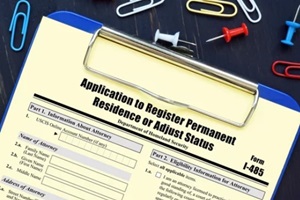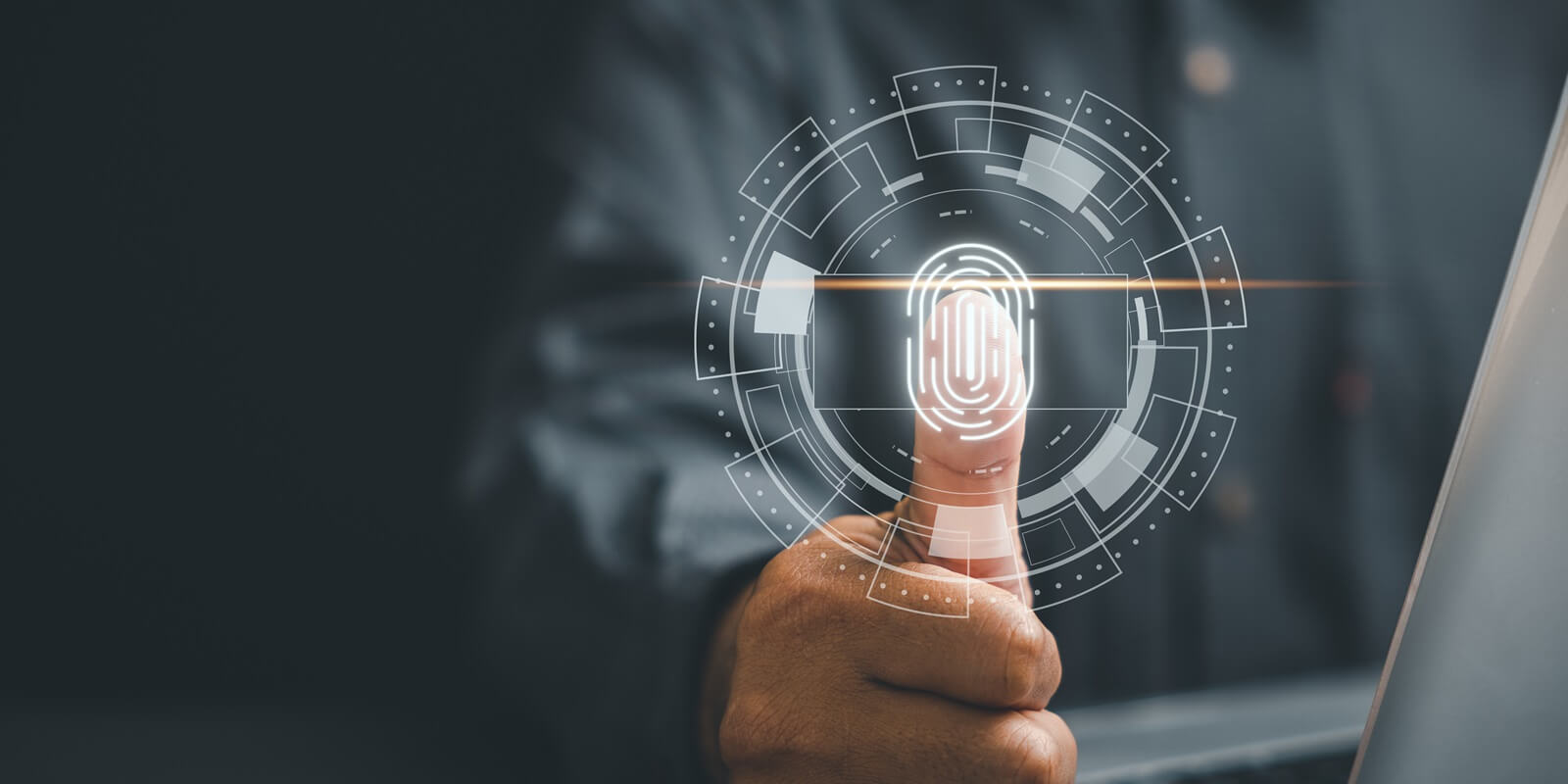Submitting Form I-485 allows you to apply for a green card while living in the United States through a process called adjustment of status.
When you file this essential form with U.S. Citizenship and Immigration Services (USCIS), you’ll need to complete a key next step — attending a biometrics appointment.
Here, USCIS captures your fingerprints, photographs you, and records your digital signature. These biometrics verify your identity and enable essential background checks during your adjustment journey.
This article explains what you’ll encounter during biometrics and why providing prints and pictures constitutes such an integral aspect when submitting Form I-485. Understanding the role and impact of this visit will help ensure your adjustment of status goes smoothly.
What to Expect at the Biometrics Appointment
Only the applicant completing Form I-485 needs to attend biometrics. Don’t bring along family or legal counsel to this appointment. Be sure to have handy:
 The appointment information USCIS mailed you
The appointment information USCIS mailed you- Valid photo identification such as a passport or driver’s license
- Other notices you’ve received from immigration related to your case
At your visit, you’ll provide fingerprints electronically, pose for a photo, and then provide your signature digitally. These steps generally take 15-20 minutes total.
USCIS compares your prints, pictures, and signature against vast Department of Homeland Security (DHS) and Federal Bureau of Investigation (FBI) databases for records and security checks.
Why Biometrics Matter for Form I-485
This quick appointment supports several major aspects surrounding filing your green card application:
- Identity verification: Storing prints, photos, and signatures creates reliable mechanisms for USCIS to confirm applicants are indeed who they claim on paper. Deterring fraud and tracking identities protects program integrity.
- Background checks: Running prints unlocks extensive FBI criminal history and DHS immigration checks searching for violations that make applicants ineligible. Flagging issues protects public safety and national security.
- Secure documents: Once approved, your biometrics get stored to verify legal status and enable the production of secure proof such as employment authorization and your permanent resident card.
Impact on the Adjustment Process
Requiring biometrics shapes the I-485 adjustment process significantly. Submitting prints and pictures helps in the following ways.
Vet Out Ineligible Applicants
If FBI checks reveal serious crimes or DHS finds past immigration issues such as visa overstays, applicants face denial. Mandatory biometrics act such as a protective checkpoint before awarding life-changing status.
Catch Fraud and Public Safety Threats
Identity fraud poses a constant concern for USCIS. Accessing expansive databases helps uncover falsified applications, risky applicants, and more. Bad actors get revealed early through due diligence requirements.
Verify Details Provided on Form I-485
Your prints offer authorities reliable proof backing up names, dates, and facts you provide on the adjustment application all throughout processing. This deters issues down the road.
Logistics: Scheduling and Attending Your Visit
After receiving your mailed I-485 package, USCIS sends a Form I-797C with your assigned date, time, and confirmed location to visit an Application Support Center for biometrics.
Appointments normally occur 5-8 weeks after filing initially. If an emergency interferes suddenly, call the USCIS Contact Center to reschedule prior to the original date.
Failing to show up without rebooking means potential denial of your I-485. USCIS recently created an online tool for rebooking biometrics instead of calling. However, you should still provide a valid cause at least 12 hours before the existing slot.
What If Filing Jointly with Family?
If submitting Form I-485 for a spouse or child, they would attend their own separate biometrics to capture individual prints and photos. You must bring children listed as dependents regardless of age.
USCIS doesn’t require digital signatures from kids under 14 who are unable to provide them. But parents can sign any forms requiring them on the children’s behalf if needed.
Length of Validity
Also, know that fingerprint and background check validity lasts only 60 days. So, if your adjustment process exceeds this timeframe while awaiting a final decision, USCIS will schedule another appointment to provide fresh biometrics. Promptly attend when notified to avoid unnecessary delays.
Special Scenarios
While most applicants proceed through biometrics without issue, there are some special scenarios that warrant extra consideration when going through the process.
Applicants with Criminal Records
If you have a prior criminal record, disclose this appropriately on your I-485 paperwork. Consulting an immigration attorney to strengthen your case proves wise as well, especially for offenses such as those involving moral turpitude or multiple misdemeanors.
Certain crimes make applicants automatically inadmissible for green cards, while others require exemptions or waivers depending on specifics.
Second Biometrics Appointment
 Reasons you might get scheduled again for biometrics include smudged fingerprints, outdated background checks from excess pending processing times, or technical errors preventing the use of your initial submissions.
Reasons you might get scheduled again for biometrics include smudged fingerprints, outdated background checks from excess pending processing times, or technical errors preventing the use of your initial submissions.
Simply complete the newly assigned pre-screening a second time. Unless prior issues surface, this rarely means impending denial down the road.
Work with Pride Immigration to Ensure a Successful Biometrics Appointment
Attending your biometrics appointment constitutes an integral requirement when petitioning for adjustment of status through Form I-485.
Ensuring you follow protocols, disclose anything potentially impacting eligibility early on, and complete any follow-up screening promptly helps your adjustment process unfold smoothly.
Pride Immigration has extensive experience in helping clients fully understand biometrics requirements and completing them properly.
If you have any eligibility questions that could impact your adjustment application or are simply feeling overwhelmed, contact us today at (703) 594-4040 or online to schedule a consultation.
Beeraj Patel, Esq.
Latest posts by Beeraj Patel, Esq. (see all)
- Criminal History Implications for an Adjustment of Status - July 7, 2025
- Impact of Life Changes on Green Card Applications - June 16, 2025
- Common K1 Visa Criminal Background Issues - June 2, 2025
